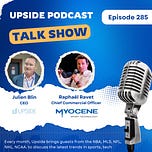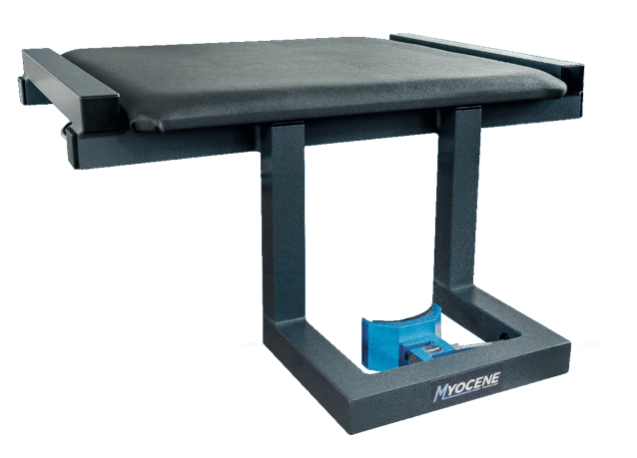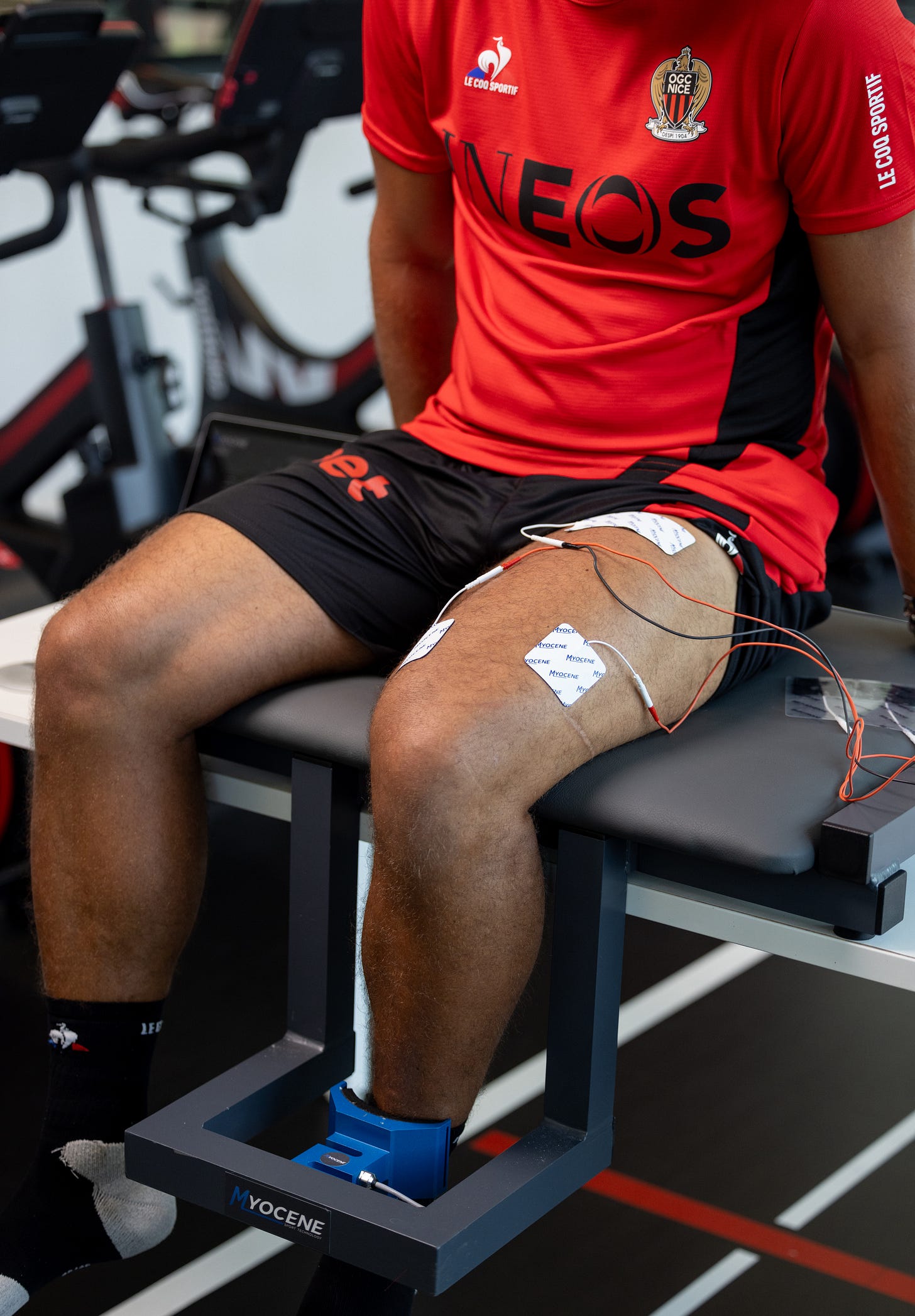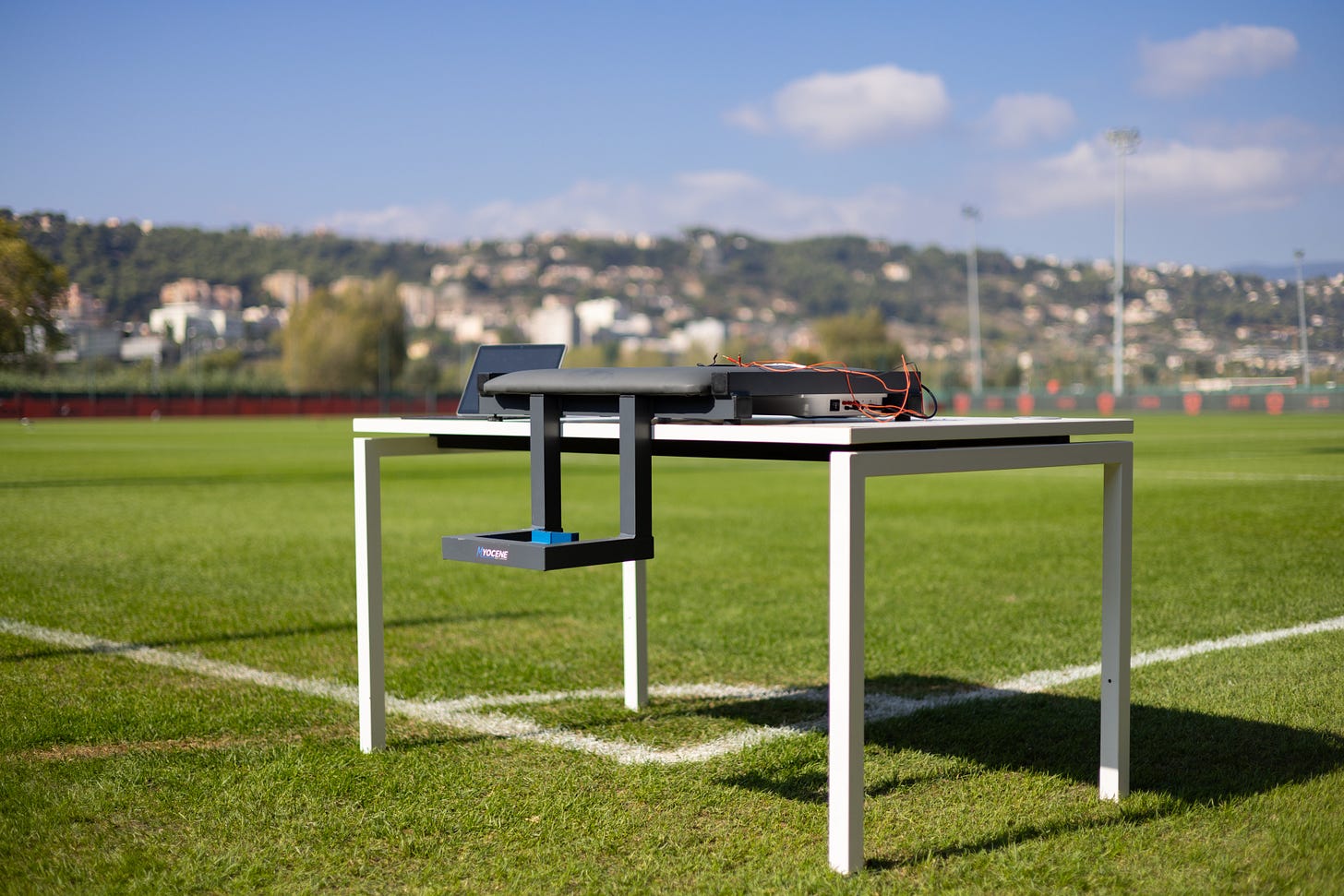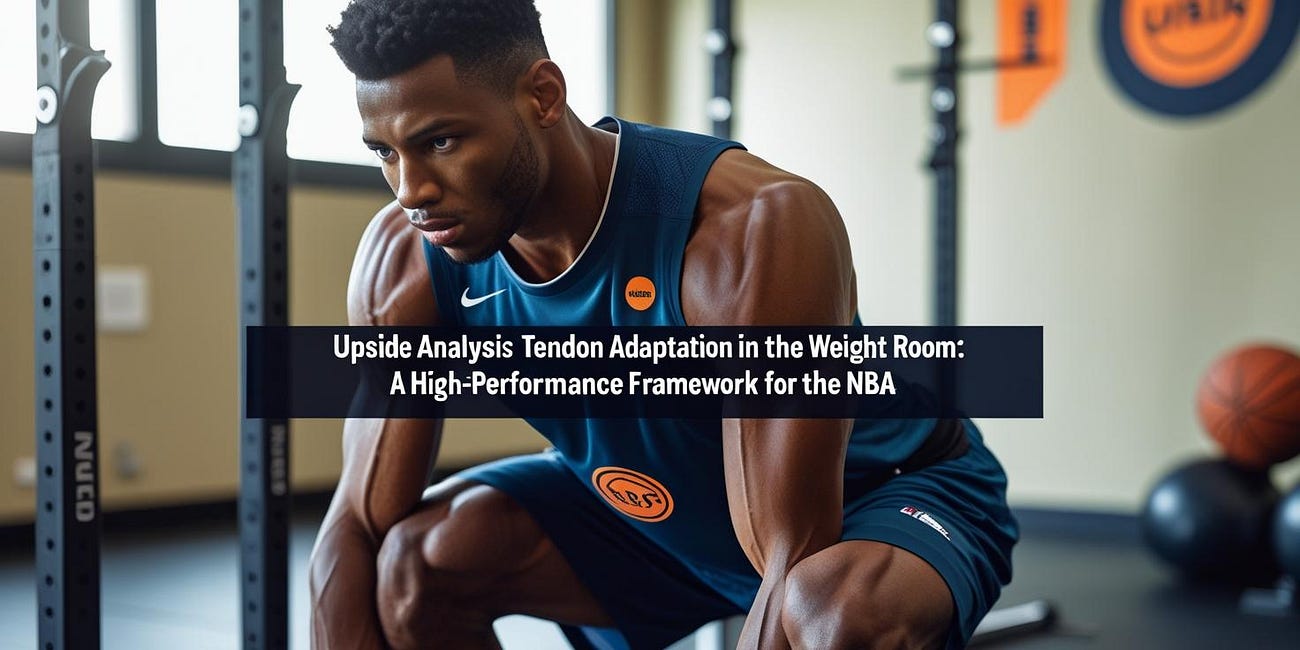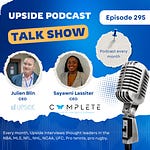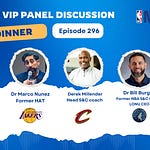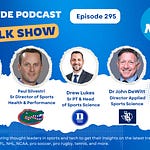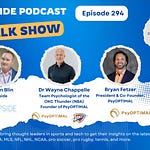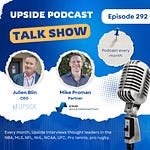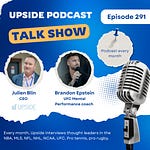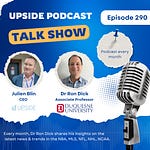Today we have the honor of interviewing Raphaël Ravet, the Chief Cmmercial Officer of Myocene, a leading Belgian based sports tech company.
Myocene is a Belgium based sports technology company revolutionizing how muscle fatigue is measured and managed. Recognizing the need for objective and precise monitoring in athletic performance, Myocene has developed an innovative device that combines a sensor, stimulator, and proprietary algorithm to assess the loss of force and speed linked to muscle fatigue. In just two minutes, the device generates a comprehensive muscle fatigue index, offering clear insights into an athlete’s readiness, recovery, and overall physical condition.
By providing objective, data-driven feedback, Myocene empowers teams and coaches to make smarter decisions about training and recovery. Myocene helps identify muscular imbalances, optimize performance, and reduce the risk of overtraining. Trusted by leading sports organizations Myocene is setting a new standard in performance monitoring and athletic recovery.
You can watch the video interview below by clicking on the Youtube link. You can also listen to the audio interview by clicking on the link at the top of the page:
Here is a look at Myo-Contractor, Myocene’s patented high precision system which controls the muscle contractions:
The Myocene device provides a fatigue index in just two minutes, instantly giving coaches a clear picture of each athlete’s recovery status.
By comparing post-training or post-game values to baseline readings, coaches can quantify fatigue and track recovery. Repeated drops in the fatigue index indicate accumulated fatigue and incomplete recovery, signaling an increased risk of overtraining or injury.
Here is a video explaining how OGC Nice (Ligue 1), a leading french pro soccer team, uses Myocene:
📝Show Notes: During this interview, we discussed Myocene, a Belgian sports tech company. Raphael explained that the company created a product that objectively measures muscle fatigue. This is done using a sensor, stimulator, and an algorithm that detects a loss of force and speed in a muscle, which is a key indicator of fatigue.
Raphaël stated that a key benefit for teams using Myocene is the objective data it provides, which helps them make informed decisions about athlete readiness and recovery. He noted that the technology is backed by scientific literature and, because the athlete is passive during the measurement, it is not influenced by external factors like motivation. Myocene operates on a yearly licensing model costing $20,000 per device, with additional costs for disposable electrodes. The company’s plans for the next 12 months include scaling the business by expanding its sales force in the U.S. and securing new deals.
Please note that Myocene will be exhibiting at our 2025 Upside US Summit on October 21 at the Florida Panthers (NHL) stadium.
Here are the best quotes from the interview with Raphaël:
Q1: Tell me about your background.
“I have a background in international business, and I have been working for the last decade in the medical industry, both in pharma and in medical devices. I have always been focused on innovation and on small companies, launching new technologies in the market. I was mainly in charge of sales, managing distribution networks and sales forces across the world.”
Q2: Tell me about your company and product.
“Myocene is a Belgium-based company, and we developed a product to objectively measure muscle fatigue. It uses a combination of a sensor, a stimulator, and an algorithm. Muscle fatigue is described as a loss of force and speed, meaning the muscle in a fatigued state develops less force compared to a muscle at rest.”
“Using these three key elements, the Myocene system allows you to obtain a muscle fatigue index in just two minutes, which can translate the level of readiness and recovery of an athlete. For example, in a rested state, the athlete will always get the same force because there’s no muscle fatigue. In a fatigued state, there is a drop in force. The Myocene calculates a baseline value when the athlete is at rest, and when you use the system post-exertion or post-game, the index is lower when there is muscle fatigue. You know your athlete is fully recovered when the index gets back to the baseline.”
Q3: Tell me about the benefits for teams to use your product.
“The benefit is really to get something objective. It’s not based on gut feeling or player feedback; it’s fully objective, which means you can make informed decisions based on objective data. It’s also adaptable to the challenging environment of a team and allows you to perfectly assess the recovery of an athlete in terms of muscle fatigue.”
“You know when an athlete is ready to start a new microcycle. You can also use Myocene as a readiness marker to know how to adapt the last training session before a game. With this measurement, since it measures both legs, we can also assess imbalances in terms of capacity to resist fatigue, which is interesting for coaches to identify compensatory mechanisms.”
Q4: What are your competitive advantages?
“The main competitive advantage is that this technology is backed by science. We are translating lab technologies to real-life applications for the benefit of teams, which is a real game-changing approach in athlete management for injury prevention, readiness, and recovery. The metrics obtained, which are called the fatigue index, are fully objective because the athlete is totally passive during the measurement, so it is not influenced by emotion or motivation. Integrating this objective measurement with other markers, like performance tests and RPE scores, gives a comprehensive overview of the level of readiness and recovery of athletes.”
Q5: Tell me about your business model, pricing model.
“Myocene is offered through a licensing model at $20,000 per device per year. Most teams choose two to three devices to monitor athletes consistently, depending on their needs but they can certainly start with one”.
Q6: What are your plans for the next 12 months?
“We went into the process of developing our sales force. We’ve already hired three salespeople in the United States and we plan to hire another three. We also have a sales force in France and another one in Spain. The real approach now is to scale up the business. We are having very good traction in Europe, with teams either renewing their contracts after using it for a year, and now teams are also committing to several devices for a longer period, which validates the interest in the technology.”
“We just started in the United States more recently and are already having very good results with a top university using the device in football, and we are securing a deal with an NBA team and another one in MLS. This also confirms the high interest of the American market for this technology.”
You may also like:
⌚️ 👟 The Sports Wearables Market: Where we are heading.
In the past few years, the world of sports has seen the emergence of a new wave of advanced wearables such as smart patches that can measure hydration or electrolyte, level, smartwatch that can measure blood pressure, or even contactless biosensors capable of measuring HR, blood pressure, sleep quality without any contact to the skin. As shown in the gr…
🏀 Upside Analysis: Tendon Adaptation in the Weight Room: A High-Performance Framework for the NBA
Rethinking Tendon Care, Rehab, and Longevity in an Era of Increased Load and Early Specialization

